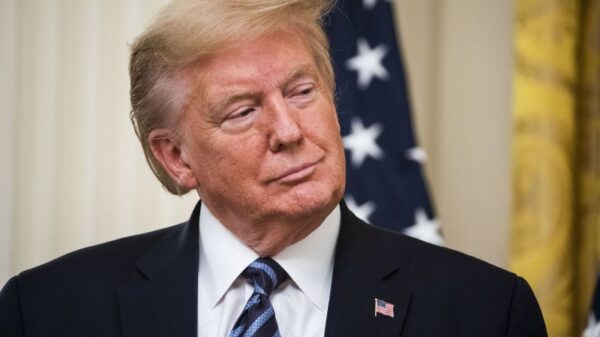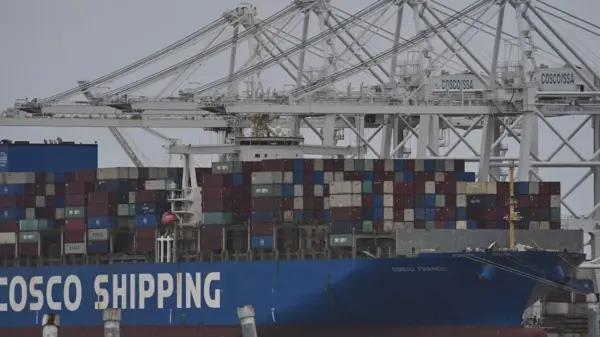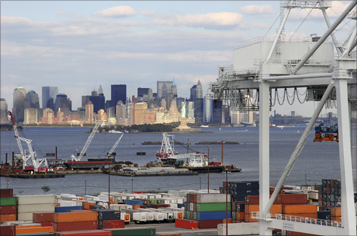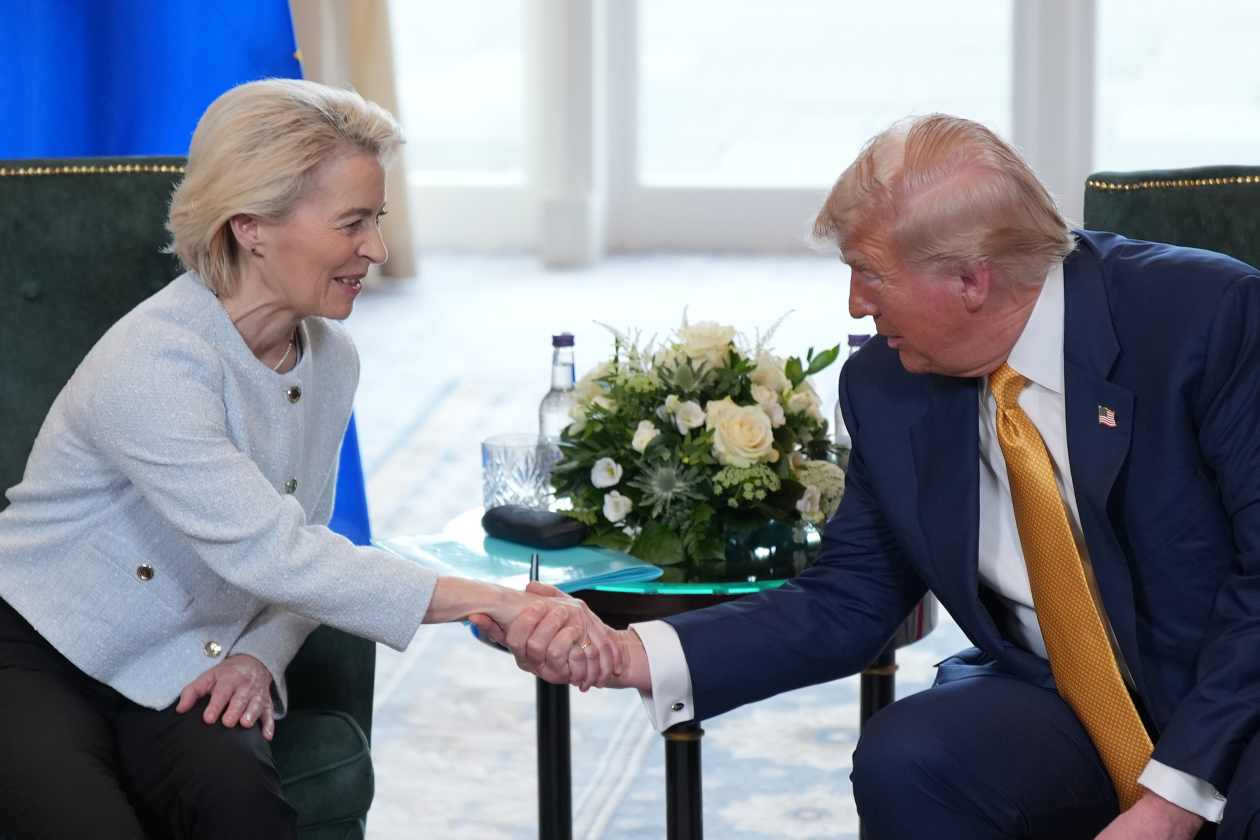UPDATE: A landmark trade deal between the United States and the European Union has just been finalized, confirming a 15% tariff rate on various goods. This urgent development comes following discussions between U.S. President Donald Trump and European Commission President Ursula von der Leyen last month.
The joint statement released today outlines the terms of the agreement, which includes significant provisions for Liquefied Natural Gas (LNG) and AI-chip purchases. The new tariffs will affect a wide range of products, ensuring that the U.S. maintains economic leverage while fostering transatlantic trade relations.
Under the deal, the U.S. has committed to a 15% tariff on most goods imported from the E.U. Notably, the most-favored-nation rate will be applied to certain unavailable natural resources, such as cork, as well as all aircraft and aircraft parts, and generic pharmaceuticals. In a major concession, the U.S. agreed to limit tariffs on pharmaceuticals, semiconductors, and lumber to no more than 15%.
This agreement is expected to have a profound impact on both economies, impacting manufacturers, suppliers, and consumers across the Atlantic. Businesses in sectors such as pharmaceuticals and technology are closely monitoring these developments, as they may influence pricing and availability of essential products.
The formalization of this trade deal marks a pivotal moment in U.S.-E.U. relations, reflecting a commitment to resolving trade disputes amicably while promoting a collaborative economic environment. As global markets react to this news, stakeholders are advised to stay alert for further developments that may arise from this agreement.
Looking ahead, analysts will be keeping a close watch on how these tariff changes affect trade flows and pricing structures in both regions. The potential for increased trade activity in LNG and AI technologies could pave the way for new investment opportunities, further solidifying the economic partnership between the U.S. and the E.U.
As this story continues to unfold, expect more updates on the implications and reactions from both sides of the Atlantic. Stay tuned for what this means for consumers and businesses alike as the global economy adjusts to these new trade dynamics.






































































